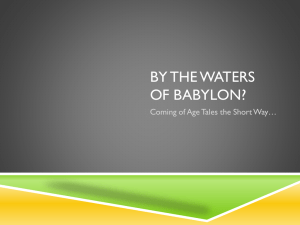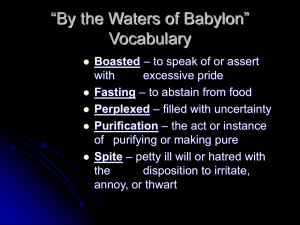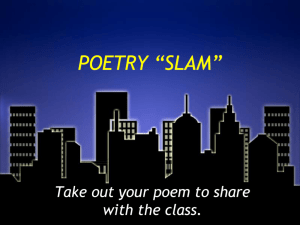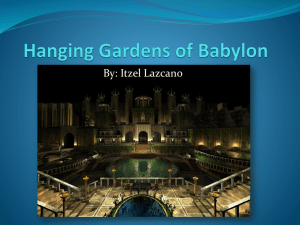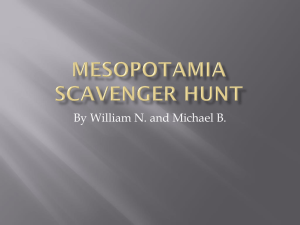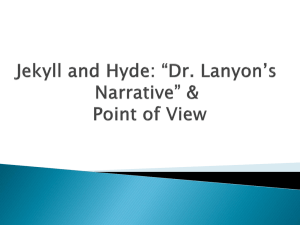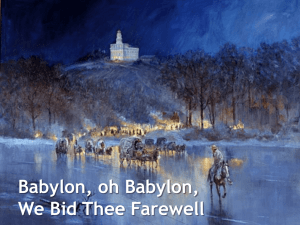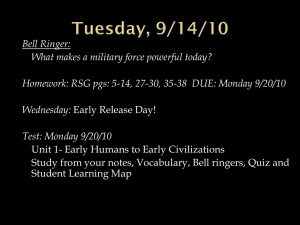By the Waters of Babylon
advertisement
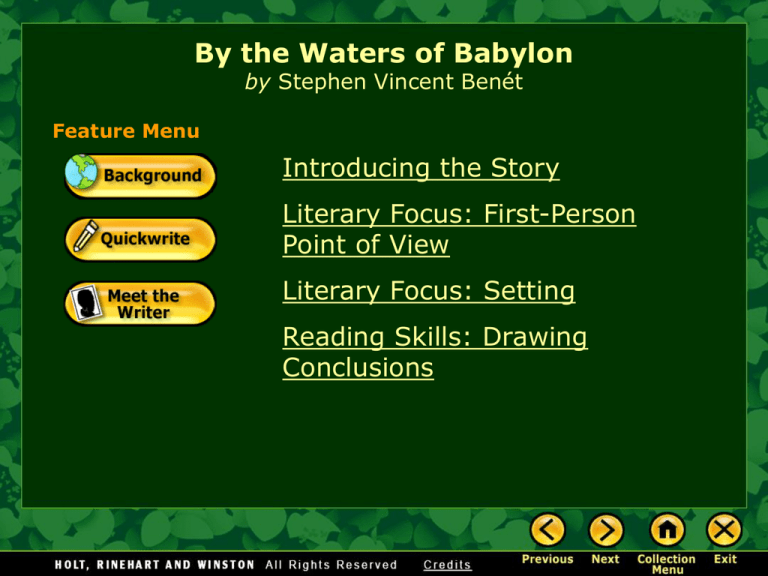
By the Waters of Babylon by Stephen Vincent Benét Feature Menu Introducing the Story Literary Focus: First-Person Point of View Literary Focus: Setting Reading Skills: Drawing Conclusions By the Waters of Babylon by Stephen Vincent Benét By the Waters of Babylon Introducing the Story We thought, because we had power, we had wisdom. Stephen Vincent Benét By the Waters of Babylon Introducing the Story “By the Waters of Babylon” is a story told by a young narrator who seeks wisdom in the ruins of a once-great civilization. • As John, the narrator, explores the ruins, readers gradually come to understand the tragedy of the Great Burning and the significance of the Place of the Gods. [End of Section] By the Waters of Babylon Literary Focus: First-Person Point of View First-Person Point of View: “I” Tells the Story When stories are written in the first person, readers • share the narrator’s experience and feelings • know only what the narrator knows about other characters and events By the Waters of Babylon Literary Focus: First-Person Point of View First-Person Point of View: “I” Tells the Story Stories written from the first-person point of view often • have a sense of intimacy, as if the narrator was a friend talking to us • use a persona—a “mask” or voice for the fictional narrator [End of Section] By the Waters of Babylon Literary Focus: Setting Setting: Where and When Setting is the time and place in which the action occurs. Setting can be used to • create a mood, or atmosphere • reveal character • provide the story’s main conflict [End of Section] By the Waters of Babylon Reading Skills: Drawing Conclusions When you read stories that present a puzzle, you look for clues and draw conclusions about what details in the story mean. Clues details from the story Conclusion + your knowledge and experience = solution to the story’s puzzle By the Waters of Babylon Reading Skills: Drawing Conclusions As you read “By the Waters of Babylon,” pay close attention to clues about the setting. • Carefully read descriptions of objects of places. • Think about what the writer and narrator may not be telling you. Clues setting and descriptions of objects and places Conclusion + your knowledge and experience = solution to the story’s puzzle [End of Section]
